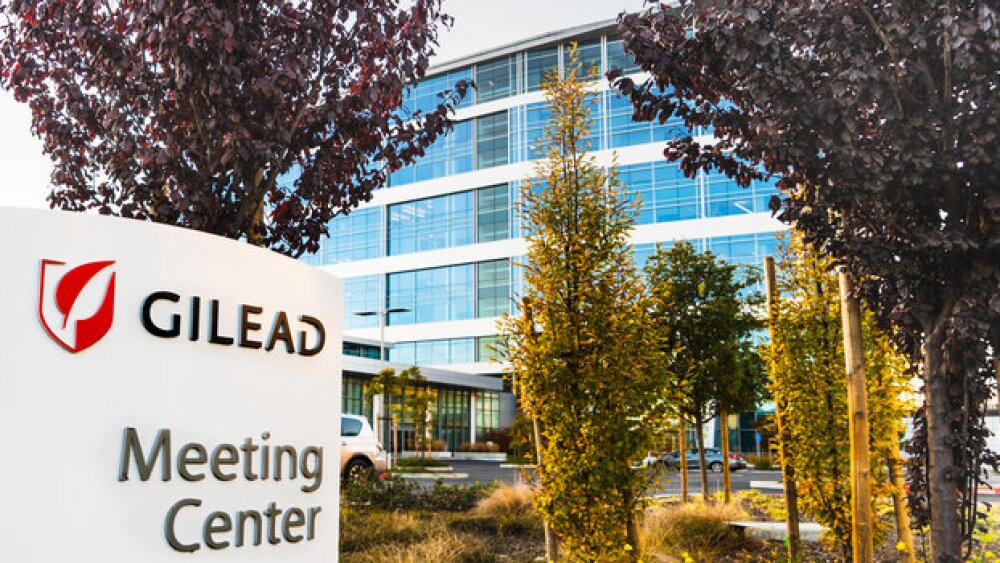February 3, 2017
By Mark Terry, BioSpace.com Breaking News Staff
Just yesterday, Biogen ’s hemophilia spinoff, Bioverativ launched. Bioverativ has two drugs, Eloctate for Hemophilia A and Alprolix for Hemophilia B. They created about $850 million in sales last year. And although it’s a company that has a lot of promise, with 400 employees and $325 million in cash, it’s not without its competitors. Todd Campbell, writing for The Motley Fool, takes a look.
The primary advantages of Eloctate and Alprolix over their competitors is they’re longer-acting. Campbell writes, “Eloctate and Alprolix’s improved dosing schedule has resonated with doctors and patients, and as a result, their sales have taken off since winning FDA approval in 2014.”Below are four of Bioverativ’s competitors.
Shire Plc heads the competition, leading the pack when it acquired Baxalta last year. Eloctate was battling Baxalta’s Advate, and to fight that, it launched Adyvonate in November 2015, which is a twice-weekly therapy. In the third quarter of 2016, Shire reported total hemophilia revenue of $884.1 million.
Bayer ’s Kovalty received approval by the U.S. Food and Drug Administration (FDA) in March 2016 for Hemophilia A. It already had Kogenate on the market. In the third quarter of 2016, Bayer reported hemophilia sales of 302 million euros.
Also in 2016, CSL’s Afstyla, which is a twice-weekly treatment for hemophilia, was approved. Also, Idelvion, for Hemophilia B, received approval last year. Campbell writes, “Although CSL hasn’t updated investors on sales through the end of 2016, its full fiscal year hemophilia sales were $1 billion through June, 2016.”
Known mostly for its diabetes drugs, Novo Nordisk nonetheless pulls in about 9 percent of his revenue with hemophilia drugs. It is number two globally in terms of hemophilia market share. Campbell writes, “The company hopes to find out whether or not the FDA will green light N9-GP, a long-lasting hemophilia B treatment with once-weekly dosing, soon. Also, a Phase III study of N8-GP, a long-lasting hemophilia A treatment, is under way. If successful in trials, Novo Nordisk thinks it can file for N8-GP’s approval next year.”
Bioverativ seems to have the first-mover advantage for long-lasting treatment, but these other companies have a lot of money and significant relationships with physicians. It could be a tough row to hoe.
According to Grand View Research, the U.S. the global hemophilia market in 2015 was $9.3 billion and expected to grow at a CAGR of 5.6 percent to 2024. But the markets, broken into A, B, C, and others, have their own growth rates and are segmented in different countries.
Grand View says, “This segmentation has been done on the basis of the coagulation factor deficiency in a particular patient. Type A is the most commonly occurring type and has been observed to be four times more prevalent than type B. Furthermore, the pharmaceutical industry is flooded with drugs to be used in the treatment of type A, thereby limiting its growth over the forecast period. Advate and Recombinate are the popular drugs manufactured by Baxalta, which are used for prophylactic treatment of type patients across the U.S., the UK, Germany, Japan, China, and South Africa.”
Despite that, Grand View expects that type B-based medications will be the fastest growers.
Campbell writes, “How this market shakes out in the coming year may be as uncertain as how it shakes out in the coming five to 10 years. All these companies are knee-deep in developing next-generation solutions, and that makes it tough to guess which company will come out on top. At this point, Shire may have an edge over Bioverativ, because while Bioverativ plans to start clinical trials for a longer-lasting hemophilia A drug (BIVV 073) soon, Shire’s SHP656 is already in Phase I/II studies in that indication.”





